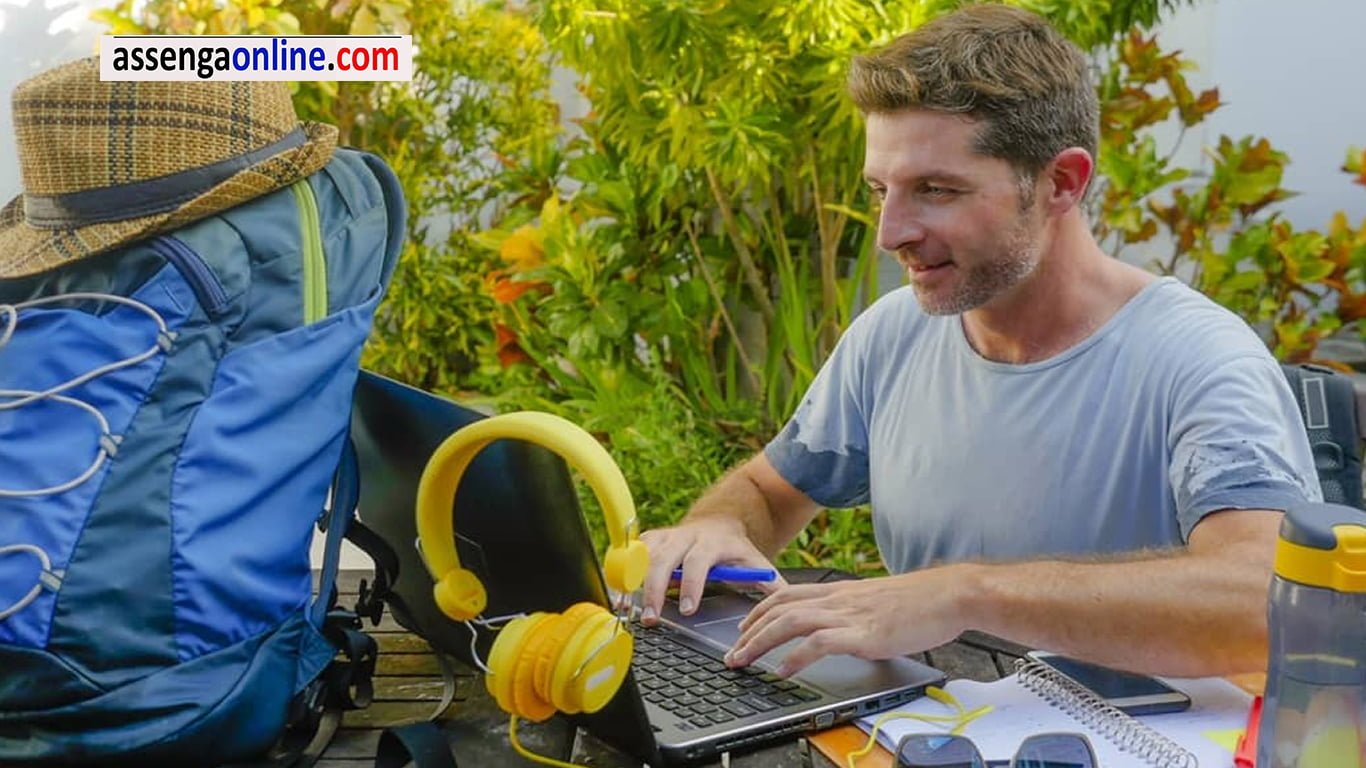Italy digital nomad visa requirements 2022. Italy Digital Nomad Visa 2022. Italy stands out as one of the top touristic destinations in Europe. Due to the development of technology, numerous foreigners who choose to travel many months in a year can also work while being away from home or from they place of work.
This type of activity, where leisure is mixed with work, while traveling, is known as digital nomad. A digital nomad in Italy can be any person who can develop his or her work activities away from the office and who uses the time spent in Italy to travel while working. Because of this, the immigration rules in numerous countries started to modify and to create a suitable visa for such persons.
Do I need a visa to work remotely in Italy?
Italy does not specifically apply a digital nomad program, through which foreigners can obtain a visa for this particular purpose. From the beginning, we mention that immigration In Italy is bound by the issuance of a visa only for persons who are citizens of countries outside the European Union (EU).
As a member state of the EU, Italy grants the right to EU citizens to free movement, which implies that such citizens do not have to apply for a digital nomad visa in Italy (or for any other type of visa) when arriving here. The necessity of having a visa is imposed to third country nationals, which refer to most of the states outside the EU or the European Economic Area (EEA).
Thus, persons who are from outside these regions will be required to apply for a suitable visa, depending on their duration of stay. Please mind that visas are separated between visas for short-term stays or for long-term stays (but not permanent). A short-term stay is defined as any arrival in this country for a period of 90 days in 180 days and in most of the cases, foreigners will apply for a tourist visa, as this is a common way to arrive here for short-term periods of time.
This visa has very few implications for the holder, as this does not create the obligation to apply for a residence permit, nor to register with the local institutions for tax purposes and for other reasons. This is why it can be the ideal way to arrive as a digital nomad in Italy under this visa.
For those who want to relocate to Italy for a longer period of time, there is the possibility to apply for the self-employed visa, which grants the right to live here for a period of up to two years. However, different formalities have to be completed by the holder of the visa, and our immigration lawyer in Italycan present more details about it.
How long can you work in Italy without a visa?
Americans staying in Italy over three months are encouraged to sign up with the Consulates. See the “Smart Traveler Enrollment Program” webpage for information.
Americans in Italy are considered either a “non-resident” or a “resident.” Each of these classifications carries a different set of privileges and responsibilities:
Non-Resident
Americans staying or traveling within Italy for less than three (3) months are considered non-residents. This includes persons on vacation, those taking professional trips, students registered at an authorized school, or persons performing research or independent study.
As of May 28, 2007, under Italian law ( https://www.camera.it/parlam/leggi/07068l.htm ), all non-residents are required to complete a dichiarazione di presenza (declaration of presence). Tourists arriving from a non-Schengen-country (e.g. the United States) should obtain a stamp in their passport at the airport on the day of arrival. This stamp is considered the equivalent of the declaration of presence. Tourists arriving from a Schengen-country (e.g. France) must request the declaration of presence form from a local police office (commissariato di zona), police headquarters (questura) or their place of stay (e.g hotel, hostel, campgrounds) and submit the form to the police or to their place of stay within eight business days of arrival. It is important that applicants keep a copy of the receipt issued by the Italian authorities. Failure to complete a declaration of presence is punishable by expulsion from Italy. Additional information may be obtained from the Ministry of Foreign Affairs and the Polizia di Stato
Tourists may bring motor vehicles bearing non-Italian license plates for no longer than six (6) months without paying customs duties. At the expiration of this period the motor vehicle must be re-exported or registered and Italian license plates obtained. If it is not registered, the violator can be charged with smuggling and is subject to penalties.
Italy digital nomad visa requirements 2022
The self-employed visa can be used as an Italian digital nomad visa in the situation in which a foreigner decides to move his or her tax residency in this country for the period for which the visa is granted or for a longer period (even permanently) if the foreigner decides to stay here for more time. The following apply:
- the applicants must make the proof of having sufficient financial funds in order to receive the visa, and the minimum amount is of EUR 8,500;
- the number of such visas can be capped – in 2020, the government issued only 500 visas;
- there is an important tax break obtained by self-employed remote workers, applicable starting with 1 January 2020;
- successful applicants can obtain a 70% tax exemption on their worldwide income if they register their residence in Italy;
- the tax exemption is granted for a period of 5 years.
Who can apply for an Italian digital nomad visa?
Digital nomad visas are typically designed to benefit all remote workers. But the Italian visa differs in that “it’s being managed under article 27 of the immigration code, which means that it’s aimed at highly skilled workers,” Damien explains.
Though it’s not clear so far who qualifies as a ‘highly skilled worker’, it could be as strict as requiring applicants to have a Master’s degree, according to Damien.
Visit the official website click here on how to get Nomad Visa



